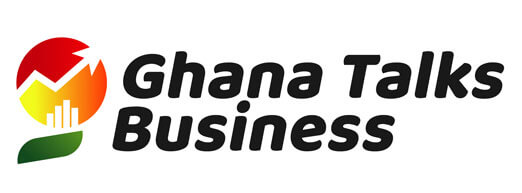It is estimated that Ghana loses up to $25 million annually via unfinished projects. This amount is equivalent to 667 additional three-unit classroom blocks per year which would accommodate an estimated 70,000 students, a study has shown.
The study was conducted in Ghana between 2014 and 2017 by Dr Martin J. Williams, Associate Professor of Public Administration at the Blavatnik School of Government, University of Oxford in collaboration with the National Development Planning Commission (NDPC) and the Local Government Service Secretariat (LGSS).
The study shows that about a third of projects, started between 2011 and 2013, were never completed.
Presenting a paper on Spatial Infrastructure Data in Ghana, Dr Williams said the costs of unfinished projects to Ghana, both economically and socially were huge, as shown from the administrative data that already exists within government.
These administrative data included hardcopy reports or soft copy word documents submitted by local governments to MMDAs or the NDPC as part of normal annual performance reports.
By collating and transforming this data into a database covering about 14,000 projects across a wide variety of agencies and funding sources such as the District Assemblies Common Fund (DACF), GETFund, Internally Generated Funds and central government funding.
The study was able to establish that on average, unfinished projects had had about 65 per cent of the work completed and 56 per cent of the contract sum disbursed.
He said 18.6 per cent of MMDAs investment expenditure was on projects that were unlikely to ever be finished, noting: “that’s almost a fifth of infrastructure budget going straight into waste”.
He said “these are mostly small projects that are being done by the MMDAs, so these are six-room classroom blocks, boreholes, wells, administrative blocks; the kind of projects that should take between four and 12 months on average”.
The study also found that contrary to popular opinion that unfinished projects were due to corruption and politics or elections, the findings showed that neither of these were the cause.
It said more work has been done on the projects than had been paid for and project completion rates were also consistent across the years.
Rather districts were spreading their resources for projects too thinly on too many projects than they could afford to complete every year, this notwithstanding, projects were more effectively delivered through local government than central government.
He said the findings were a demonstration of how administrative data could be valuable for policy preparation purposes as well as for academic work.
Dr Williams said the database has since been extended to 2016 and now had about 40,000 project records and work was ongoing, with CERGIS and support from the Ghana Statistical Service, to locate and map these projects.
In the long term, the project hopes to create a comprehensive national database of infrastructure stocks in Ghana with a cross-sectional platform for accessing data on public facility locations, both established and in construction.
This would be useful for planning for both central government and MMDAs as well as for impact evaluation and value for money analysis, says Dr. Williams.
Although a roadmap has been drawn following discussions with stakeholders, progress had stalled.
ALSO READ: Ghana loses $3 Billion every year due to corruption
Ms Tomomi Tanaka, Senior Economist at the World Bank also reiterated that spatial analysis.
She said the analysis of data or information that identifies geographic location or features and boundaries on earth such as oceans, constructed features and others, could help government, CSOs and development partners, to do better targeting of their interventions for poverty alleviation.
Ms Tanaka called for the creation of an online platform to share district-level data and present poverty trends, environmental degradation, climate change, disasters and access to services, with maps.
Credit: GNA


